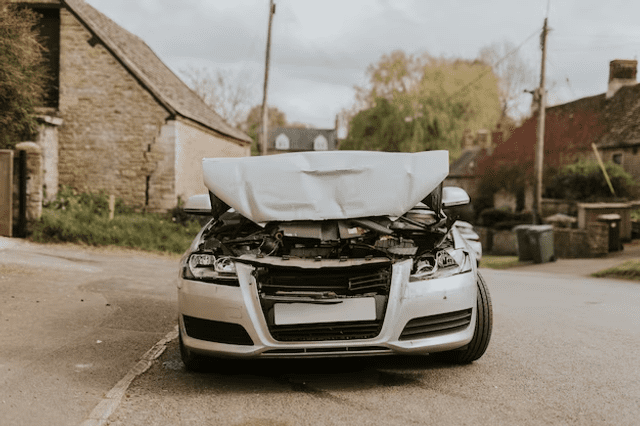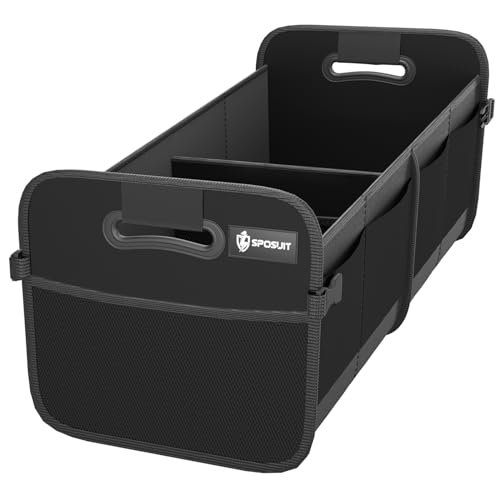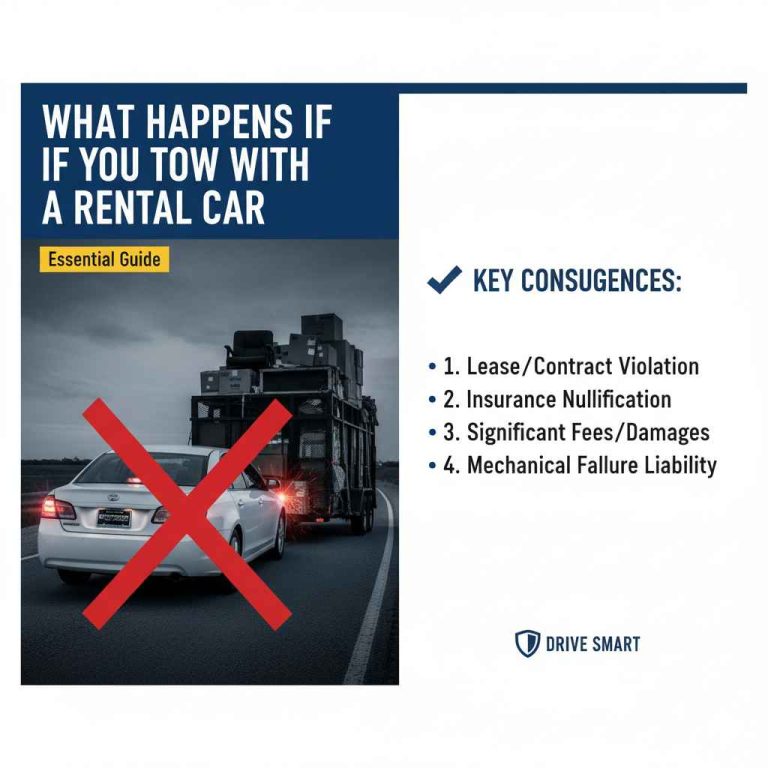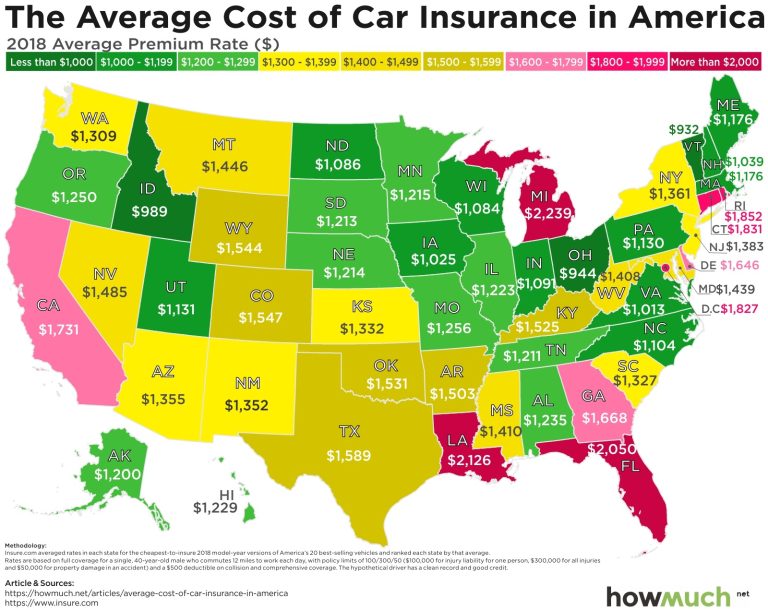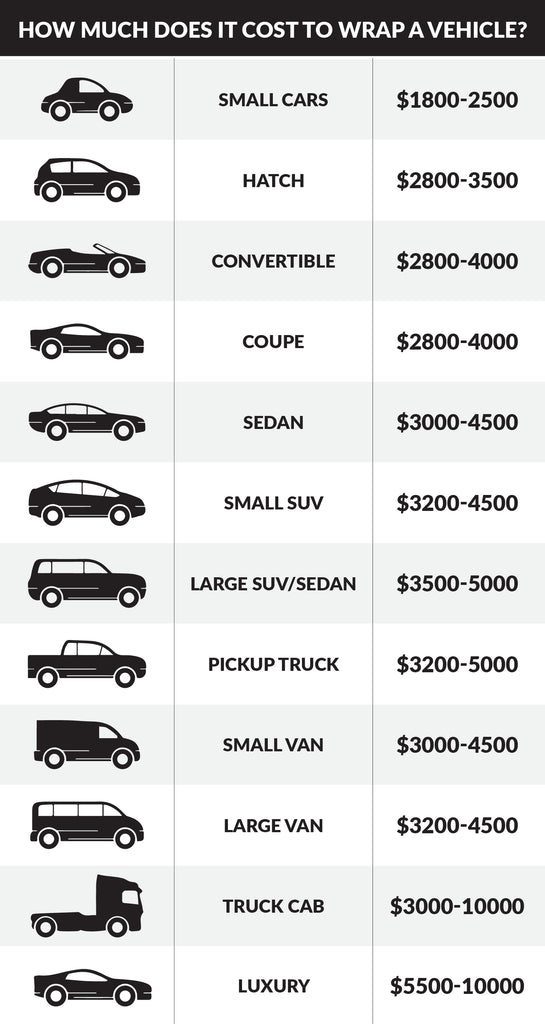Can You Trade in a Damaged Car?: Maximize Your Deal
Yes, you can trade in a damaged car. Dealerships often accept damaged vehicles, though the trade-in value may be lower.
Trading in a damaged car might seem challenging. Yet, it’s a common practice at many dealerships. They see potential value even in less-than-perfect cars. You won’t get top dollar, but it’s a convenient option. Instead of fixing your vehicle, you save time and effort.
Dealerships handle repairs or resell it as is. This process can help you move forward with a new purchase quickly. In this post, we’ll explore how trading in a damaged car works. We’ll discuss what to expect and how to get the best possible deal. Ready to learn more? Let’s dive in!

Credit: www.youtube.com
Trade-in Options For Damaged Cars
Many dealerships accept damaged cars for trade-ins. They fix the car and sell it. This is an easy way to get rid of a damaged car. Be prepared for a lower trade-in value. Dealerships consider the cost of repairs. Honesty about the car’s condition is key. This can build trust with the dealer.
Selling a damaged car privately can be a good option. You might get more money. Posting ads online can help you find buyers. Be clear about the car’s issues. This saves time for both parties. Negotiation can be easier. You have more control over the price.

Credit: www.miniofwarwick.com
Assessing Your Car’s Value
First, check the extent of damage to your car. Small dents or scratches may not lower the car’s value much. Major issues like a broken engine or transmission will affect the price. It’s vital to note all damages.
Next, get a professional assessment. A mechanic can tell you the exact issues. This helps you understand how much repair costs will be. Knowing the damage helps you price your car better.
Look at the current market. See how much similar cars are selling for. Check the condition and mileage of those cars. Compare them to yours. This gives you an idea of the trade-in value.
Use online tools to get estimates. These tools consider the car’s make, model, and year. They also look at market trends. This helps you set a realistic price for your damaged car.
Preparing Your Car For Trade-in
Trading in a damaged car is possible and can still be valuable. Fix minor issues to improve its trade-in value. Understand its current condition and market value before visiting the dealership.
Minor Repairs
Fixing small problems can help. Small dents, scratches, and broken lights should be repaired. These small fixes can increase your car’s value. Make sure the tires are in good shape. Check fluid levels and top them off. Clean the engine bay. It should look tidy. Replace old wiper blades. Ensure all lights work well. These little things make a big difference.
Cleaning And Presentation
A clean car looks better. Wash and wax the exterior. Clean the windows inside and out. Vacuum the interior. Remove any trash or personal items. Wipe down all surfaces. Pay attention to details. Clean the seats and carpets. Use a fresh scent air freshener. Clean cars impress dealers. Present your car in the best way. It shows you cared for it.

Credit: www.ontariochrysler.ca
Negotiation Strategies
Your car may have damage but it has good parts too. Point out these positive features. Maybe the engine is in great shape or the interior is clean. New tires or recent repairs can be a plus. These can increase the value. Don’t focus too much on the damage. Highlight what is good. This makes the car more appealing.
Benefits Of Trading In A Damaged Car
Trading in a damaged car can be very convenient. You don’t need to fix the car first. This saves time. Selling a damaged car yourself can be hard. You might need to find buyers. You may have to negotiate. Trading in skips all that trouble. The dealer handles it.
Trading in a damaged car also means reduced hassle. You avoid many steps. No need to advertise. No need to meet strangers. No need to worry about paperwork. The dealer takes care of everything. This makes the process easy. It saves stress and effort.
Potential Drawbacks
Trading in a damaged car often leads to lower offers. Dealers see the damage and reduce the car’s value. They worry about repair costs. This means less money for you. Sometimes, the offer might be very low. It’s because the dealer wants to make a profit.
Choices become limited when trading a damaged car. Not all dealers accept cars with damage. Some might refuse outright. Others may only offer trade-ins on specific models. This limits where and how you can trade your car. It can be frustrating and time-consuming.
Legal And Documentation Requirements
A title transfer is necessary when trading a damaged car. Both the seller and buyer must sign the title. The title shows ownership change. It’s a legal document. Make sure the title is clear. No liens should be on it. If there are liens, pay them off first.
Always disclose the damage. It’s honest and required. Describe the extent of the damage. Detail all issues. This helps the buyer understand the car’s condition. It also avoids legal trouble later. Transparency builds trust. It makes the trade smoother.
Alternative Options
Many buyers look for damaged cars to take apart. They need the parts to fix other cars. This can be a great way to get some money. The parts can be worth more than the whole car. Call local junkyards or auto shops. They may be interested in buying your car for parts.
Charities sometimes accept damaged cars. They can use the car for parts or sell it. You may get a tax deduction. This helps you save money on taxes. It is also a kind thing to do. Look for local charities that accept cars. Make sure to check their rules before you donate.
Frequently Asked Questions
Is It Better To Repair A Car Before Trade-in?
Yes, it’s better to repair minor issues before trade-in. Fixing small problems can increase your car’s value and appeal to buyers.
Can You Trade In A Car That Has Some Damage?
Yes, you can trade in a damaged car. The dealer will assess its value based on the extent of damage.
What Condition Does Your Car Have To Be In To Trade It In?
Your car should be in good working condition. It should have a clean title and minimal damage. Maintenance records can help.
How To Get The Most Money From A Broken Car?
Sell valuable parts individually, then scrap the remaining metal. Get quotes from multiple junkyards. Consider online car buyers.
Conclusion
Trading in a damaged car is possible. It may lower your car’s value. But, many dealers still accept it. You might get less money. Yet, it’s a quick and easy option. Research your car’s worth before trading. Knowing its value helps.
Make sure to shop around. Compare offers from different dealers. This will ensure a fair deal. Trading in can be a good choice. Even for a damaged car.

